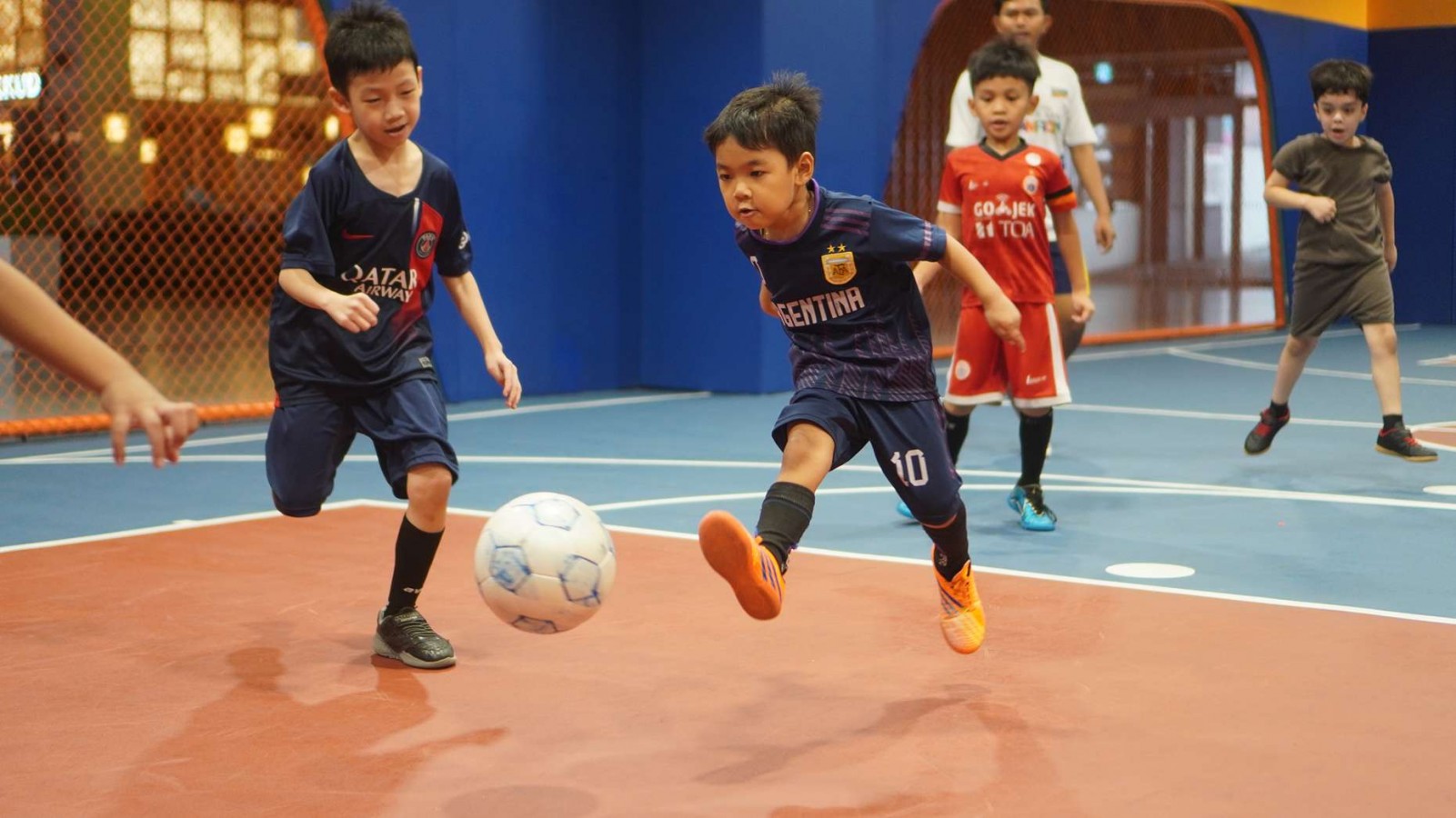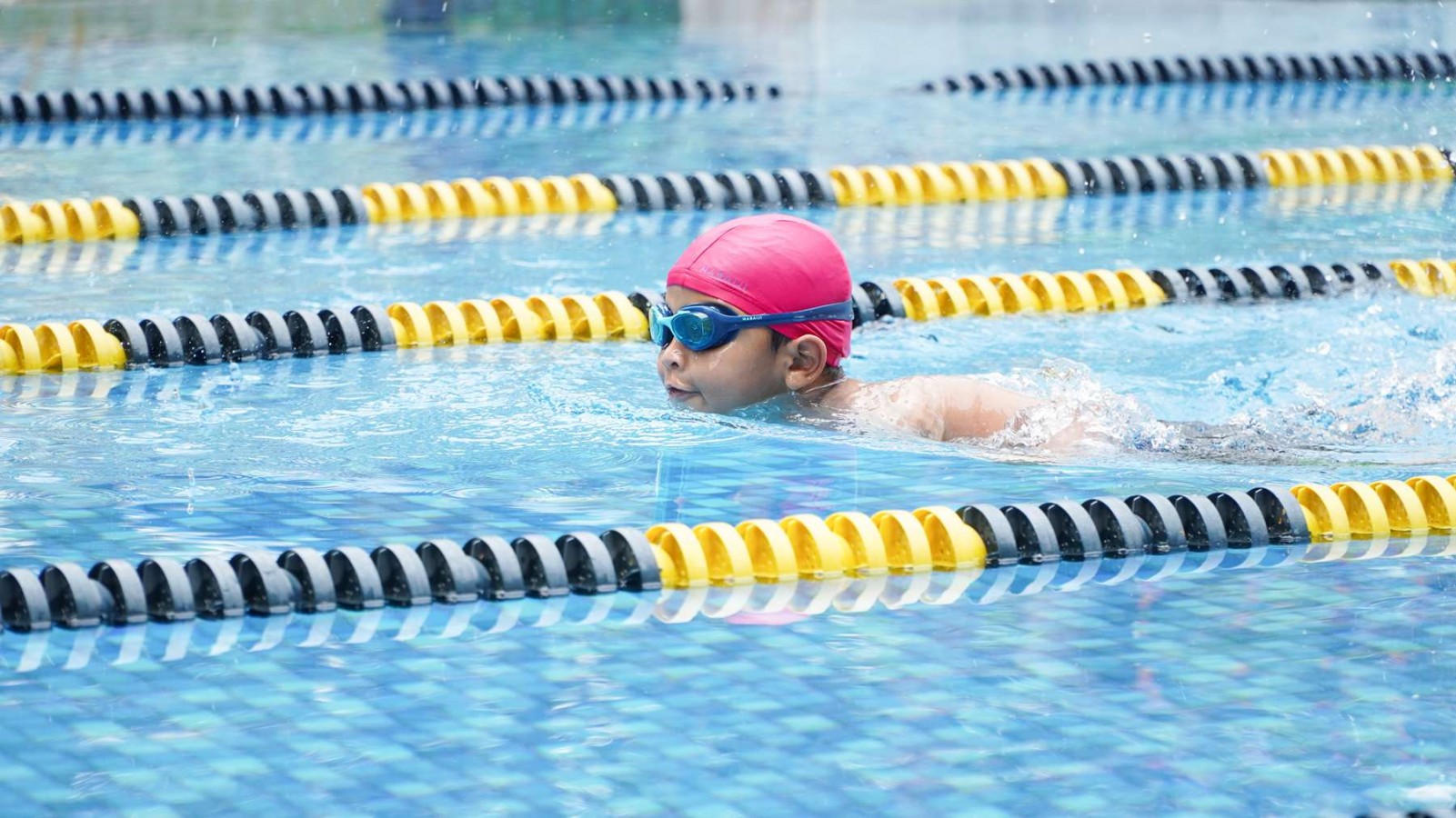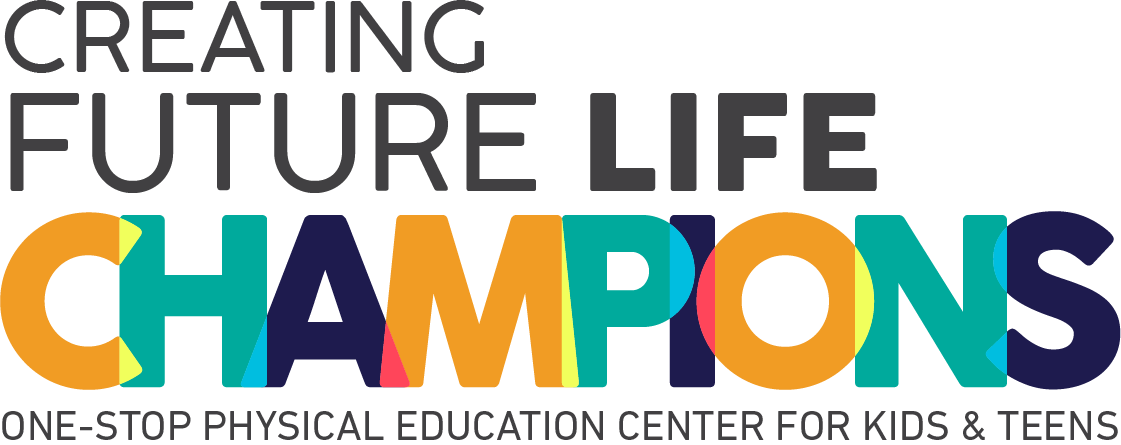Merce Cunningham Technique: A Foundation for Contemporary Dance

Have you heard of the Merce Cunningham technique in contemporary dance? The Merce Cunningham Technique stands as one of the most influential foundations in contemporary dance, shaping the way dancers train, move, and think about performance.
Developed by legendary American choreographer Merce Cunningham, this technique emphasizes strength, precision, and the independence of movement from music and narrative. Let’s learn it further here!
Who is Merce Cunningham?
Merce Cunningham (1919–2009) was a pioneering figure in modern dance, renowned for his innovative approach that emphasized abstract movement over narrative or drama.
Born in Centralia, Washington, he began his dance training at a young age and later studied at the Cornish School in Seattle, where he was influenced by notable figures such as Martha Graham and composer John Cage, who became his lifelong collaborator and partner.
Cunningham's approach to dance was groundbreaking. He believed that music and dance could exist independently within the same performance, allowing each art form to stand alone while sharing a common space and time.
This philosophy led to collaborations with avant-garde composers like John Cage and visual artists such as Robert Rauschenberg and Andy Warhol, resulting in performances that were rich in innovation and artistic exploration.
The Cunningham Technique
Developed as a training method for his company, the Cunningham Technique focuses on creating strength and flexibility of both the body and the mind. It emphasizes the articulation of the spine, clarity of movement, and the relationship between the upper and lower body.
The technique incorporates elements of suspension, fall and recovery, and off-balance movement, creating a dynamic and fluid style of dance. It is one of the most famous contemporary dance techniques and is widely used by great dancers.
BIPED: A Fusion of Dance and Technology
One of Cunningham's most notable works is BIPED (1999), a groundbreaking piece that integrated dance with digital technology. Collaborating with digital artists Paul Kaiser and Shelley Eshkar, Cunningham choreographed 70 phrases that were transposed into digital images using motion capture technology.
These animated figures, along with abstract patterns, were projected onto a scrim at the front of the stage, creating a layered visual experience where live dancers performed behind the digital imagery.
The piece was set to a score by composer Gavin Bryars, further enhancing the fusion of traditional dance with modern technology.
Three Core Principles of the Cunningham Technique
The Cunningham Technique is built on a few key ideas that help dancers move with more control, awareness, and accuracy. These core principles are what make the technique unique and valuable, both for training and performance. Let’s take a closer look at the three core principles that form the foundation of this method:
1. Strengthening and Flexibility
One of the key components of the Merce Cunningham technique is the development of both strength and flexibility. Through specific exercises, dancers work to build a strong core and flexible spine, which are essential for executing the sharp and dynamic movements that Cunningham’s choreography often demands.
The technique incorporates elements of ballet, focusing on arm positioning, footwork, and legwork, helping dancers develop better posture, precision, and movement control.
For example, the use of plies, relevés, and tendus from ballet helps strengthen the legs, while exercises like backbends or stretches aim to increase flexibility in the spine.
This balanced focus ensures that dancers have the strength to execute movements with power while maintaining the flexibility needed for fluidity and expression. In Cunningham's work, this combined approach is essential for the execution of his complex, often abstract movements.
2. Spatial Awareness
Spatial awareness is crucial in Cunningham's technique, as dancers are trained to be constantly aware of their positioning within the space. Unlike traditional dance forms where dancers may focus primarily on positioning relative to one another, Cunningham emphasized individual movement in space.
Dancers need to understand how their body occupies space and how it interacts with the environment. This awareness allows for more precise execution of complex movements, as dancers learn how to move efficiently and with confidence in relation to their surroundings.
Cunningham’s choreography often involves random or unexpected direction changes, where the dancer must be ready to respond with quick adjustments.
A good example of this would be how Cunningham’s dancers would navigate large stage spaces, executing intricate solo sequences or group formations that require both independence and cooperation in movement.
3. Rhythmic Accuracy
Rhythmic accuracy is another vital component of the Merce Cunningham technique. Dancers must develop a keen sense of timing, as the technique emphasizes executing movements with precise rhythm.
Unlike more traditional dance forms, where movements might follow a structured musical pattern, Cunningham often used "chance" methods or non-traditional sound compositions, which required dancers to rely on their ability to stay in sync with the rhythm, whether it was a live musician or an unconventional score.
For example, Cunningham’s dancers might perform a series of movements that are not strictly aligned with the beat, but they must still execute them with exact timing and consistency.
This teaches dancers to internalize rhythm and understand how to execute movements with exactness, regardless of the external structure. By honing this skill, dancers become more versatile in their performances and more capable of handling a wide variety of musical or rhythmic challenges.
Interested With This Technique?
Merce Cunningham's legacy lives on not just through his groundbreaking choreography and innovative ideas, but also through the powerful technique he created, one that continues to shape contemporary dance today.
From his early days with Martha Graham to his bold experiments with music, space, and technology (like in his famous work BIPED), Cunningham pushed the boundaries of what dance could be.
At Rockstar Academy, we proudly carry that spirit forward. As the best Sports & Performing Arts Academy, we offer a variety of classes, including contemporary dance programs inspired by techniques like Cunningham’s.
Our classes not only build skills and discipline, but also help children express themselves with confidence. Plus, our annual events and competitions like CSTD Contemporary Dance Testing, RockOlympics and Elite Championships, gives students the opportunity to perform, grow, and shine on stage.
If you’re looking for a fun, professional, and inspiring place for your child to learn, Rockstar Academy is the perfect place to start. Still unsure? Try our free trial class and experience the magic of our class itself!
FAQ
What is the Merce Cunningham Technique?
It’s a style of dance training created by Merce Cunningham that helps dancers improve strength, flexibility, balance, and coordination. The technique focuses on moving the spine, using clear shapes, and being aware of space and rhythm.
How is the Cunningham Technique different from other dance styles?
Unlike some dance styles that follow music or tell a story, Cunningham’s technique focuses on movement itself. Dancers often move independently from the music, and the choreography doesn’t always follow a narrative.
Who can benefit from learning the Cunningham Technique?
Dancers of all levels can benefit. It helps build body control, improve posture, and develop a deeper understanding of movement. It’s also great for dancers interested in contemporary or modern dance.
Is the Cunningham Technique still taught today?
Yes! Many dance schools and conservatories around the world teach this technique. The Merce Cunningham Trust also keeps his legacy alive through classes, workshops, and online resources.
What kind of movements are used in Cunningham Technique?
The technique includes lots of spinal movements (like curves and arches), fast footwork, off-balance poses, and large, sweeping motions. It mixes control with freedom to explore movement in new ways.



